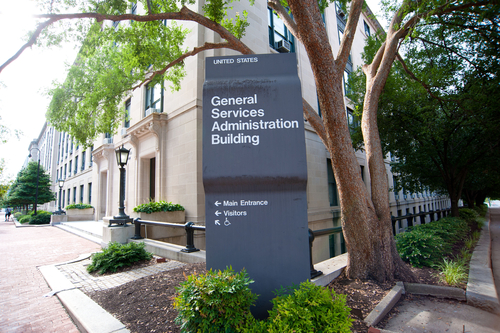

When the General Services Administration’s 18F launched its “micropurchase” experiment last month—an effort to leverage the $3,500-or-less Federal purchase card authority to obtain industry bids on an open-source coding project—the goal was to support open-source code and find new ways to engage small businesses and nontraditional government vendors.
But nobody ever expected what actually happened. According to a Nov. 6 blog post by V. David Zvenyach, acquisition management director at 18F, the reverse auction for the open-source solution to loading GSA Schedule 70 data into the agency’s CALC tool started at $3,499. After a few days of bidding, Brendan Sudol not only won the auction with a bid that met all of 18F’s requirements, but the final cost was a mere $1.
“When we received the $1 bid, we immediately tried to figure out whether it was intentional, whether it was from a properly registered company, and whether we could award $1,” Zvenyach wrote. “We contacted the bidder and we confirmed that the bid was valid, that the registration on SAM.gov was current, and that the bid would be the winning bid. It was a plot twist that no one here at 18F expected. This unexpected development will no doubt force us to rethink some of our assumptions about the reverse-auction model.”
In addition to receiving working software in less than one week after the bids closed, the experiment revealed important data points, including:
- There were 16 unique bidders with validated SAM.gov registrations.
- Of those bidders, half of the bidders registered for SAM after the blog post announcing the experiment.
- At least eight of the bidders were small businesses, including woman-owned small businesses, minority-owned small businesses, and service-disabled veteran-owned small businesses.
- The largest bid increment was $740, the smallest bid increment was $1, and the most common bid increment was $50.
- As of the afternoon of Nov. 6, 2015, there were more than 10,000 unique visitors to the GitHub issue (though much of it was driven by being on the front page of Hacker News), and more than 300 unique visitors to the underlying data that is the subject of the micropurchase experiment.
“In some respects, this result was the best possible outcome for the experiment,” Zvenyach wrote, referring to the winning $1 bid.
“It proved that some of our core assumptions about how it would work were wrong,” he said. “But the experiment also validated the core concept that open-source micropurchasing can work, and it’s a thing we should try to do again. A few weeks ago, micropurchasing for code was just an idea, but now that we’ve done our first experiment, the data demonstrate that the idea has potential and can be improved upon.”
